What makes a brand truly unique? In my journey to creating memorable brand design, I've come across useful lessons that will help you avoid the most common mistakes. Are you ready to discover the secrets of visual identity and differentiate your business from competitors? Let's figure it out!
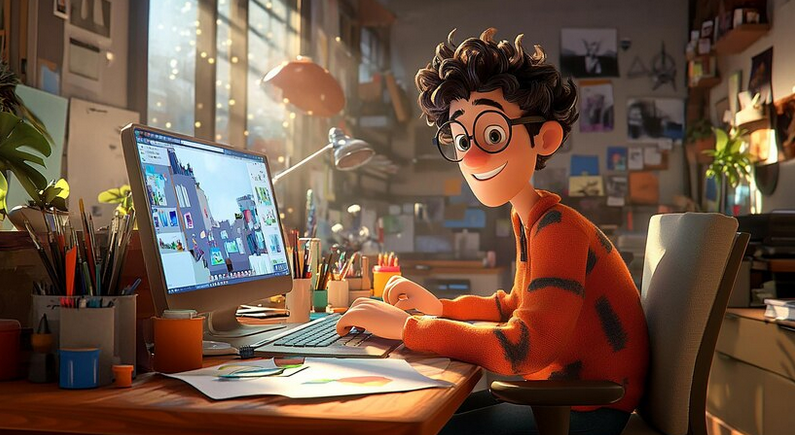
Glossary
- 🎨 Brand design - a visual representation of the brand, including a logo, color palette, typography and other graphic elements that create a unique company image.
- 📈 Memorability is the ability of a brand to remain in the memory of consumers, which increases the likelihood of repeat purchases and the formation of loyalty.
- ⚙️ Logic - consistency and clarity of all visual elements of brand design, which helps in the perception of information and brand identification.
- 💖 Attractiveness is the aesthetic appeal of the design, which should evoke positive emotions in the target audience and create a positive image.
- ✂️ Conciseness - simplicity and unambiguity in design, the absence of unnecessary details, which makes the brand more understandable and memorable.
- 📱 Adaptability - the ability of brand design to look correct on various platforms and devices, including mobile phones, tablets and computers .
- 🎯 Target audience (TA) - a group of people for whom brand design is aimed, for which products are developed or services.
- 🛠️ Development stages - the sequence of actions necessary to create a successful brand design, from research and analysis to final implementation and testing.
- 🔄 Rebranding is the process of changing an existing brand design in order to update the image or change the perception in the market.
- 📊 Key elements - the main components that make up a brand design, such as the logo, color scheme, fonts and visual concepts.
- 📝 Practical Tips - recommendations and best practices that help in the process of creating effective and attractive brand design.
Brand design: key tasks and their implementation
When I first encountered issues related to brand design, I thought it was just a bunch of stylish logos and pretty colors. However, with the passage of time and the acquisition of experience in this professional field, it became obvious that the challenges facing effective brand design are much deeper and more varied than just visual elements.

🔍 Why do we need brand design?
Have you ever wondered why some brands are immediately remembered, while others fade into oblivion? It often depends on how they shape their perceptions among consumers. One of the main tasks of brand design was to create a unique image that would set the company apart from its competitors. To do this, it is important to understand the target audience and adapt the visual elements accordingly.
🔗 Tasks aimed at attracting attention:
- Attracting the target audience: In my practice, I have noticed that unexpected visual solutions can immediately attract attention. For example, in one of the projects for a creative agency, we used an extraordinary color palette that evoked positive emotions among clients. This helped establish an emotional connection with the brand.
- Increased recall: According to research, 75% of consumers remember visual images much better than text information. When developing a brand design, I always focus on visual elements that can increase the level of memorability.
💡 Increasing loyalty
Consumer loyalty is another one important goal. For example, classroom participation in shaping a visual style can engage clients more deeply. Once, for our client, we organized a photo competition among users, where they could create their own unique design with brand elements. Users not only created memorable visual solutions, but also became closer to the brand, feeling involved.
📉 Reducing promotion costs
Often I thought about how to make the visual the style worked for the brand and in advertising. For example, a clear and structured use of style elements made it possible to reduce the costs of further advertising campaigns, since a single style simplified the work of a team of designers and advertisers.
💬 Important note:
As a famous marketer says: “A successful brand is not It's just about how it looks, it's also about how it feels." This statement well describes the entire process of working on brand design, where visual elements must be imbued with emotions and meaning that we strive to convey to our audience.
So, effective brand design is much more than just visual images. This is a tool that allows you to interact with customers on an emotional level, increase loyalty and reduce promotion costs. The complex tasks facing us once again confirm that a careful and thoughtful approach to each element of brand design makes it possible to create truly unique and effective solutions.

Steps to Achieving Successful Brand Design
| Stage | Action | Result |
|---|---|---|
| 1. Analyze your target audience | Identify the key characteristics and preferences of your target audience | Develop elements that resonate |
| 2. Create a unique visual style | Develop a logo, colors and fonts that match your brand | Unique and memorable brand |
| 3. Visual Testing | Conduct a survey or focus group testing | Complete understanding of your brand perception |
| 4. Integrate visual style across all channels | Make sure that visual elements are consistent across all platforms | Consistent and professional brand look |
| 5. Monitoring and adaptation | Evaluate effects and make adjustments | Improving awareness and loyalty to your brand |
Key aspects of successful brand design
Memorability
When creating a brand, one of the main tasks is to make it memorable at first sight. This seems obvious, but believe me, not everyone is so smart the first time.

I remember one time I was working on a project for a small business that I was selling environmentally friendly detergents. Initially, their logo was overloaded with details: complex images and bulky fonts were like loud noise in silence. If you could see the loss of interest in people's eyes when they tried to read the title! This was the point where I decided I needed to take a step back and rethink the whole concept. I started with the basics: I simply simplified the logo. It has become bright, with a minimalist design and clean lines. After the changes, I saw clients stop and tell me how much they loved the new vision, which immediately gave them a positive feeling.
It's important to remember that not every detail is important. I once read that “excessive detail is the enemy of memorability.” And this is true! Most successful brands, like Apple or Nike, are famous for being simple and memorable. This is what sets them apart from their competitors.
Logical
Every design element should logically lead to the essence of the product. During one of my café projects, I noticed how important it was for the visual style to reflect the values of the establishment. The cafe was positioned as a comfortable place where people could relax and enjoy the atmosphere. To emphasize this individuality, I chose “natural” colors and materials. As a result, the combination of natural themes with harmonious forms gave an effect that was pleasing to the eye. One of the clients who tried our tea and pastries said: “I feel that everything here is done from the heart.” This was the best rating!
Attractiveness
I remind you that the visual style should not cause rejection. I was once working on a lemonade design aimed at young people, and I realized that it was important to attract their attention. The drinks market is oversaturated, and even the best lemonade is ignored if it doesn't stand out.
By creating packaging with bright, bold colors and playful fonts, I was able to generate engagement. One of our consumers even commented that the packaging made him feel “young and carefree,” which was exactly the emotion we were going for.
Conciseness
I have always believed in the power of simplicity. This rule supports the main idea: images should be understandable and accessible. In various projects, I noticed that laconic and clear logos, such as the well-known geometric shapes of many brands, and not overloaded with unnecessary elements, remain in the memory of viewers. When I was working on packaging for natural soaps, eliminating unnecessary details really reduced confusion and helped communicate the product's values clearly.
“Often less is more,” how often I have noticed this in my practice. And it really works!

Adaptability
Each branding element must be adaptable to different media. While working on a project to create a corporate identity for one of the organizations, I initiated a testing phase: how it would look on business cards, uniforms and billboards. I remember one of the team members saying, “Everything needs to be incredibly flexible to stand out in any medium.” I decided to experiment with scale and colors, testing out different options, making sure our style was equally appealing in both the digital space and the real world.
Who needs brand design
Every business needs a strong brand design: it’s not just a pretty picture, but a strategic tool , determining its position in the market. I worked with different projects: from startups to large concerns, and everywhere I observed the same thing - the more expressive and unique the brand, the greater the chances of success. I also personally helped small street cafes create images that would appeal to such a target audience as young people living in the city. These projects clearly demonstrated how the right approach to design can attract attention and inspire loyalty.
Each of these aspects, I believe, captures the essence of successful brand design. Shining in the eyes of the consumer is the key!
Creating a unique visual concept
Creating an impressive brand design begins with a clear understanding of the values and goals you want to convey to your audience. In the process of working on many projects, I have always strived to define the essence of the brand and clearly articulate what it will represent. While I was working on a project for a small startup, an idea caught my attention. We decided to use a visual narrative to convey to consumers the story of the founders, their passion and goals in life. In this context, visual design has become not just “beautiful”, but also an important element of communication.
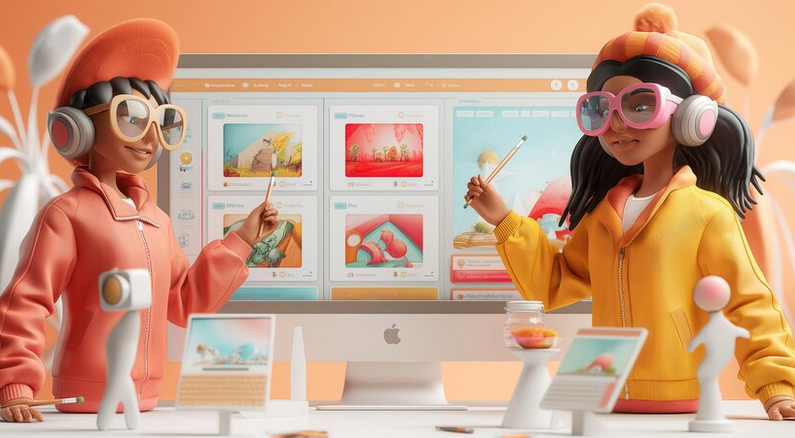
💬 “We always know that design - these are not just pictures. This is a story we can tell through visual metaphors,” said our graphic designer as we discussed the first ideas for a mood board.
Having assembled a team, we began to develop a visual concept. With the help of moodboards, we explored different stylistic directions. I remember one day, while flipping through design albums and magazines, I came across amazing color palettes that captured the spirit of our idea. The visual concept had to include not only colors, but also fonts, shapes, and even typography. In this process, it was important to listen to the views of the entire team.
🌟 As it turns out, you don't always need to follow the latest trends to create something unique. Sometimes simplicity and sincerity are most important, especially when I spoke with a focus group and they frankly said that they felt an emotional connection to our concept.
Once the concept was ready, we began developing specific branding elements such as the logo and packaging. Brand design includes not only visual elements, but also an entire atmosphere that can interest and attract the target audience. When discussing the concept, I emphasized the need to rely on the opinions of the target audience. We surveyed early adopters and found out that they valued colors being associated with good times in their lives.
🔍 So how to achieve success in creating a unique brand design? The main recommendations are as follows:
- Market and audience research. Understanding the needs and expectations of your future customers will help you develop more effective solutions.
- Creating a mood board. The visual concept is the foundation on which your entire design will be built.
- Receiving feedback. Testing with your target audience will help determine how effectively your new design evokes the right associations and emotions.
Here's a real story that will help you understand the value of getting the right approach to visual design. One client decided to use minimalist rather than personable elements in their marketing strategy. After the presentation of the new concept, sales increased by 50% for three months! It was an absolutely stunning success and the design team felt proud of their work.
“When we saw our sales increase, it inspired us to do more!” - these are the words that were spoken by the owner of the company when communicating with us after a successful rebranding.
By following these steps and tips, I am confident that you can create a truly unique and memorable brand design that can inspire trust and empathy among your audience.
Steps to Create a Successful Brand Design
| Step | Description |
|---|---|
| Step 1 | Audience research to understand their needs. |
| Step 2 | Create a mood board to visually represent the concept . |
| Step 3 | Development of design elements based on the received information. |
| Step 4 | Testing the design on the target audience. |
| Step 5 | Maintain consistent visual elements in communications . |
Using these techniques, it is possible to create not just a design, but an emotional connection with clients , which is the key to successful brand design.

Often asked questions on the topic: Brand design
What is brand design?
Brand design is the process of creating a visual representation of your brand that includes a logo, color palette, typography and other elements that create a unique style and identity .
What is the importance of brand design?
Brand design is important because it helps create awareness, trust and connection with customers, which in turn leads to loyalty and increased sales.
What elements make up a brand design?
The main elements of brand design include a logo, color palette, fonts, graphic elements and overall style that reflects the values and mission of the company.
What are the requirements for effective brand design?
Effective brand design should be memorable, logical, attractive, concise and adaptable to all communication channels and platforms.
Who needs brand design?
Brand design is necessary for any business that wants to stand out in the market, increase its recognition and create a strong connection with customers.
What are the main stages of brand design development?
The main stages include research and analysis of the target audience, concept development, creation of visual elements and testing of design solutions on the target group.
How to make your brand design memorable?
To make your brand design memorable, use unique colors, shapes and fonts, as well as simple but expressive elements that are easily associated with your brand .
How can a brand stay relevant during change?
A brand should regularly update visual elements based on trends and consumer preferences, as well as maintain consistency in communications.
How to test effective brand design?
The effectiveness of brand design can be tested through focus groups, surveys, and user behavior analysis in various marketing studies.
How to adapt brand design for different platforms?
To adapt your brand design, you need to consider the format and features of each platform, changing sizes, styles and content depending on the audience and environment.
Thank you for reading and for becoming wiser! 🙏
You now have powerful tools to create unique brand designs. By mastering these concepts, you haven't just read an article, you've become part of an amazing process that shapes the face of your business. As an experienced professional, I shared my successful projects and practical tips that helped me achieve success. You now know how to highlight your brand's personality and attract customers. I look forward to your comments on how you plan to apply this knowledge! 💡
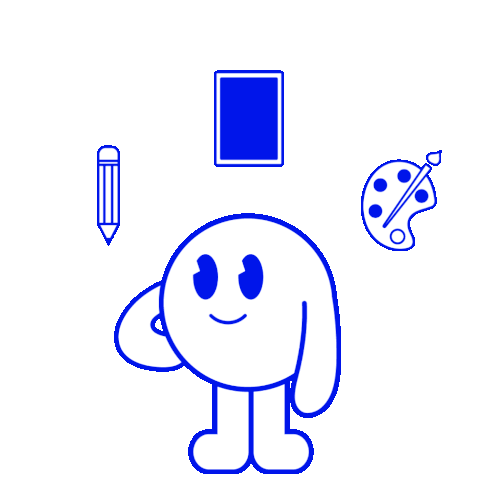
Article Target
Teaching readers the principles of successful brand design and inspiring them to create their own unique projects.
Target audience
Designers, business owners, marketers, students interested in design.
Hashtags
Save a link to this article
Vladislav Tsymbal
Copywriter ElbuzMy texts are guides in the labyrinth of online trading automation. Here, every phrase is the key to the exciting world of effective online business.
Discussion of the topic – Brand design
Description of the key aspects of creating a successful brand design. Its importance, constituent elements and practical tips for implementation.
Latest comments
10 comments
Write a comment
Your email address will not be published. Required fields are checked *












.gif)


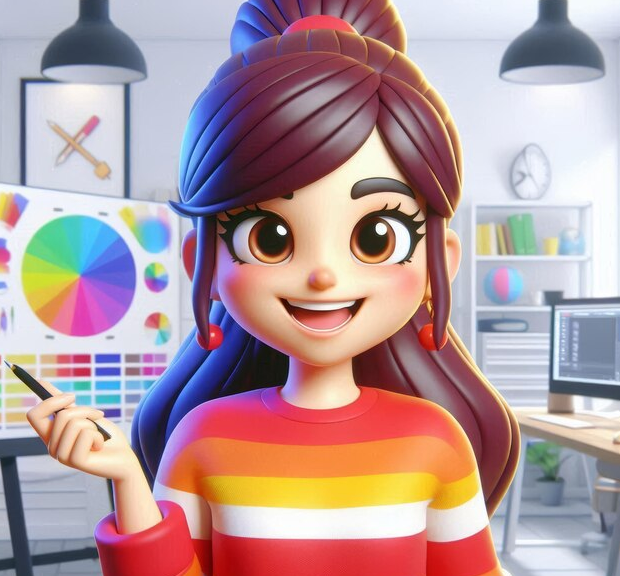






.png)

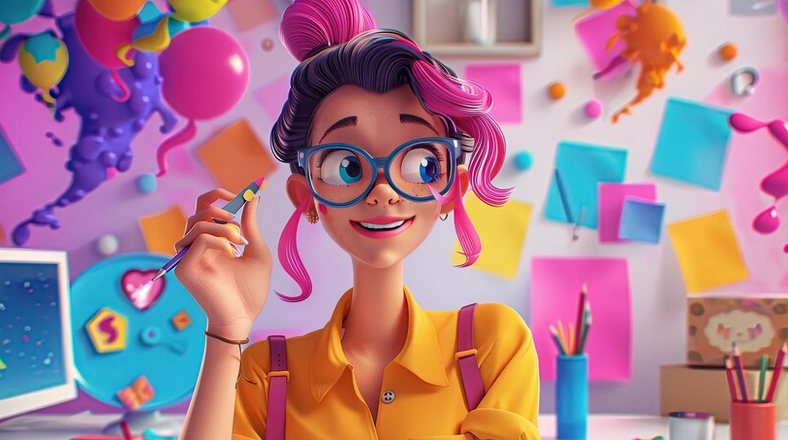
Леонор
Design is not only about visuals, but also about emotions! It is important that each element of the brand evokes certain feelings in consumers. Do you think it is possible to create a brand that resonates not only visually, but also emotionally?
Антон
I agree, Leonor! For example, I recently noticed how the color palette determines the perception of all products. Bright colors attract attention, but too much can be distracting. How do you choose colors for your projects?
Эмма
It has been noticed that good brand design is built on convenience. Users must instinctively know what to do next! What do you think about the importance of usability in brand design?
Себастьян
Yes, Emma! But sometimes brands simplify things too much. Are there any examples where a complex solution was more successful in the long run? How do you rate this?
Владислав Цымбал
Of course, brands must find a balance between simplicity and originality. I always recommend analyzing leading brands and their approaches to design. This can provide unique ideas for your project!
Отто
All this discussion about design sounds great, but a lot of change often leads to confusion... The market needs permanent things, not these routine trends. But that's just my opinion. 😊
Мария
Otto, I couldn't agree with you! Change is important for progress. Why hold on to the old when you can create something new and exciting? What changes would you like to see in current trends?
Томас
I think trends can be good if they are meaningful. For example, Sustainability is now at the peak of popularity! How can this aspect be integrated into brand design?
Валентина
I agree, Thomas! Modern customers value an eco-friendly approach. I wrote about this on my blog. And it seems that such brands inspire more trust. What is your favorite example of a brand with a good track record of doing this?
Юрий
It's interesting how different cultures perceive color and symbolism in design. Do you have any examples of brands facing cultural barriers? How has this affected their advertising strategies?